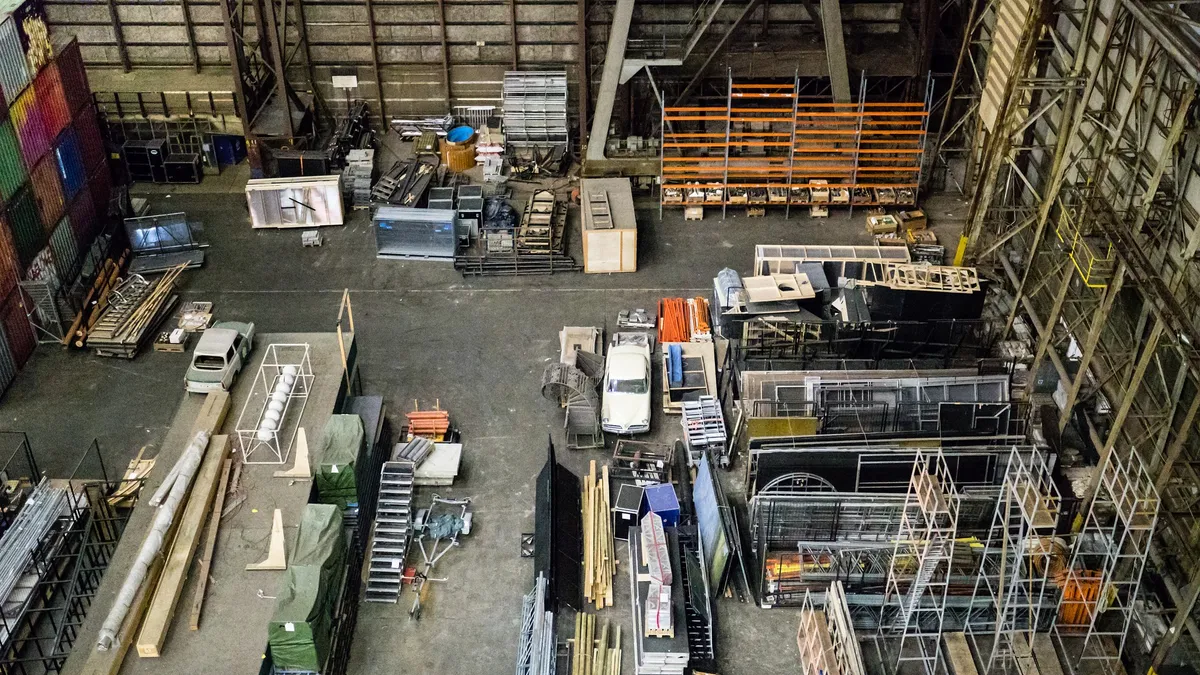A recent survey of 549 industry professionals by Warehousing Education and Research Council (WERC) found 35% of warehouses are not using WMS as of 2018. That might be startling, but even more so, they found companies still using Excel as their primary operating system.
"I’m old and I’m not surprised by anything anymore," Karl Manrodt, a researcher on the report and a professor at Georgia State College & State University, told Supply Chain Dive.
It’s not necessarily small businesses that are in the 35% either. Manrodt said that he recently encountered a $90 million company with no WMS or even Excel. They use Quickbooks.
"I have found what on the surface appears to be very efficient to customers who can get orders quickly and when they need what they need, but under the hood, some very well-known companies are a hot mess," Marisa Brown, senior principal research lead in supply chain management for APQC, told Supply Chain Dive.
'If it ain’t broke, don’t fix it' still rules in some warehouses
Companies are being held back by systems that already seem to work. So why toss everything that seems to be working into the wood chipper if it does what it’s supposed to do?
Two reasons: Time and cost.
"These are not quick and easy systems to install, and they’re not cheap," said Brown. "Selecting a WMS can be a multi-month process, and then implementation can take a whole other year."
"Under the hood, some very well-known companies are a hot mess."

Marisa Brown
Senior Principal Research Lead in Supply Chain Management, APQC
And while it’s tempting to laugh at companies still using Excel, "it’s simple," said Manrodt, who admits that he uses it for some of his work. Users may not realize how many extra steps they’re taking to make sure it works, though. "The issue is how reliable is it? How quickly does it go through? Do you still go ahead and call or email the guy? We have a tendency to follow up on top of the technology."
For these companies, it can be hard to see the benefits of a WMS. "There’s a level of sophistication that they may not recognize that they need in terms of accuracy, order processing, adaptabilities and warehouse staff utilization," Chad Kramlich, COO of consulting firm Open Sky Group, told Supply Chain Dive.
Companies may turn to WMS when they are in a growth phase and/or are looking to be acquired. "The research shows that they need tier 1 systems or better systems in place to be an acquisition target," he said.
It’s not just fear of change – it’s that change happens so quickly
The rapid pace of change is also holding a lot of companies back. "What if I buy something and by the time I implement it, it’s obsolete?" Manrodt said is a common concern he encounters.
Kramlich said that the right WMS will allow for adaptation for both growth and whatever else lies ahead. "We see smaller companies that are willing to adopt a tier 1 application who are on a growth path," he said. "They see they might not need all these capabilities today but based on their growth trajectory and where they want to be in three years, five years, they don’t have to go through this process again so they’re buying something that’s essentially future proof."
One WMS Conversion in North Carolina
Current, powered by GE, assisted with the digitization of GE’s Hendersonville, North Carolina plant in 2011. They have since found that they cut down order time from six to two weeks; fill rates went from 60% to 95%, and they’ve seen 300% plant growth.
Rudy Calderon, head of industrial accounts at Current by GE, told Supply Chain Dive a WMS gives them ability to "track product flow, track utilization of assets" and prepare to begin automating invoicing. Where things used to be done on paper and stored in file cabinets, everything is now traceable – quickly – through the WMS.
It’s improved the manufacturing process, too, allowing the company to better use their space, and their resources, such as identifying their busiest times and when they’d need to lease forklifts rather than having them on site when not in use. "You had a lot of waste in terms of steps and effort," said Calderon.
For employees, he said, "the number one job was really communicating what the benefits would be – what impact and what changes," he said. "Like any other process, if you don’t get the buy in from the folks who are using it, you’re going to have a hard time implementing it."
He also said that implementing their WMS is not a finite process. "I’d say we’re on version two and ready to get after version three," he said.
Over time, as the software has upgraded, the staff has seen what it can do – and it’s opening the possibilities of what else can be done in the future.












